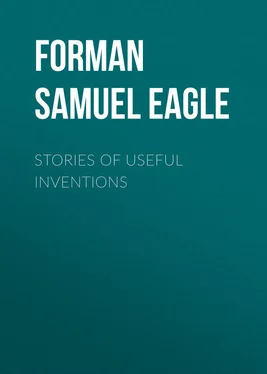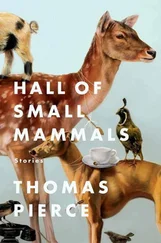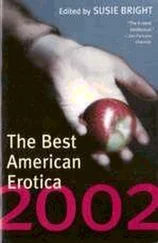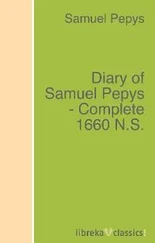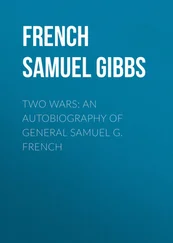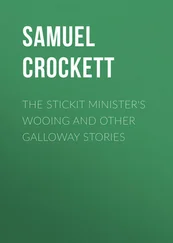Now that steel could be made in great quantities and at a low cost it was put to uses never dreamed of in former times. Soon the railroad rail was made of steel (Fig. 10), bridges were made of steel, ships of war were plated with steel. Then ocean grayhounds and battleships were made of steel, still later steel freight cars and steel passenger coaches were introduced, while in our own time we see vast quantities of steel used in the building of houses. So while the invention of Bessemer marked the last step in the history of the forge it also marked the ending of the Age of Iron and the beginning of the wonderful age in which we live – the Age of Steel.
We have now traced the steps by which man mastered the art of kindling a fire quickly and easily and have followed the progress that has been made in the most common uses of fire. But the story of a most important use of fire remains to be told, the story of its use in doing man's work . How important this use is, how much of the world's work is done through the agency of fire, a little reflection will make plain. Fire makes steam and what does steam do? Its services are so many you could hardly name all of them. The great and many services of steam are made possible by the fire-engine, or steam-engine , and the story of this wonderful invention will now be told.
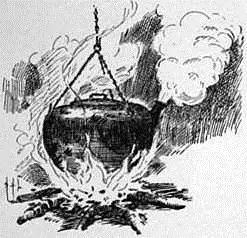
FIG. 1. – FIRST EXPERIMENTS WITH STEAM.
That steam has the power to move things must have been learned almost as soon as fire was used to boil water. Heat water until it boils and the steam that is formed is bound to move something unless it is allowed to escape freely. It will burst the vessel if an outlet is not provided. That is why a spout has been placed on the tea-kettle. Where there is cooking, steam is abundant and the first experiments in steam were doubtless made in the kitchen (Fig. 1). It has been said that the idea of the steam-engine first occurred to Adam as he watched his wife's kettle boil.
Конец ознакомительного фрагмента.
Текст предоставлен ООО «ЛитРес».
Прочитайте эту книгу целиком, купив полную легальную версию на ЛитРес.
Безопасно оплатить книгу можно банковской картой Visa, MasterCard, Maestro, со счета мобильного телефона, с платежного терминала, в салоне МТС или Связной, через PayPal, WebMoney, Яндекс.Деньги, QIWI Кошелек, бонусными картами или другим удобным Вам способом.
Where readers are quite young the Foreword had better be postponed until the stories themselves are read.
Mr. Walter Hough of the National Museum, himself a wizard in the art of fire-making, tells me that a blaze cannot be produced simply by rubbing sticks together. All that can be done by rubbing is to make them glow.
A narrow strip of leather.
The ancient Greeks used a burning-glass or – lens for kindling fire. The lens focused the sun's rays upon a substance that would burn easily and set it afire. The burning-glass was not connected in any way with the development of the match.
Several of the illustrations in this chapter are reproduced through the courtesy of the Boston Stove Co.
Hold the end of a dry towel in a basin of water and watch the water rise in the towel. It rises by capillary action.
Light a short piece of candle and place it in a tumbler, and cover the top of the tumbler. The experiment teaches that a flame must have a constant supply of fresh air and will go out if the air is shut off.
J. R. Smith, "The Story of Iron and Steel," p. 3.
From "Five Black Arts," p. 311.
The old forge continued to be used by the side of the blast furnace for centuries, and of course where it was used it was still called a forge. Thus we are told that in Maryland in 1761, there were eight furnaces and ten forges. It is said that as late as twenty-five years ago in certain parts of the Appalachian regions the American mountaineer still worked the little primitive forge to make his iron.
It was given the name of pig iron because when the molten metal ran into the impressions made for it upon the sanded floor and cooled, it assumed a shape resembling a family of little pigs.
